Writing Teaching Resources
Teaching writing strategies and the writing process this school year? Explore a comprehensive collection of teacher resources for elementary and middle school ELA teachers — all created by teachers!
Stocked with graphic organizers, writing prompts, templates, worksheets and so much more, this collection of printable and digital activities is designed to help you as you help your students become more effective communicators and unleash their creativity and imagination.
Save time on lesson planning with resources that have been through a careful review process by an expert member of our teacher team to ensure they're ready for your classroom and your students!
Are you looking for tips and tricks to add to your teacher toolkit this school year? Read on for a primer from our teacher team, including engaging activities for teaching writing in elementary and middle school and a look at some of the different writing strategies your students will need to learn.
11 Writing Strategies Kids Should Know by the End of Middle School
We can't talk about teaching kids to write without talking about the different writing strategies that can help them do just that!
When it comes to teaching our students to become confident writers who articulate their ideas effectively, here are some of the strategies our teacher team prioritizes:
1. Brainstorming
Brainstorming is something we often do in the classroom, and it's a crucial part of learning to generate the ideas that will drive students' writing as they progress through their educational journey. Kids should know how to create a list of potential topics or points related to a particular writing assignment.
With younger students, this is often done as a whole group by writing ideas and points on chart paper. In upper grades, students transition over to using text-based materials to generate ideas and talking points.
2. Outlining
Before diving directly into any assignment, our students should be able to create a structured framework or outline. Teaching students how to create this outline will help them organize their thoughts and arguments for penning their essays, reports and research papers.

3. Using Graphic Organizers
Technically graphic organizers are classroom tools, so you may not think of their use as a writing strategy per se. However, learning to use these tools is another means of providing kids with the tools they need to organize their ideas and information before they sit down to write.
These organizers are particularly useful for expository writing — students can use them to outline main ideas, supporting details, and transitions.
Students can also take advantage of story maps when they are working on narrative writing to plot the key elements of a story, such as characters, setting, conflict, rising action, climax and resolution.
Graphic organizers such as the OREO strategy and hamburger paragraph are also great tools for students to use when working with opinion and persuasive texts.
4. Freewriting
Writer's block is the enemy of creativity, and it can easily frustrate young students who don't know where to begin.
When students freewrite, they write continuously without worrying about grammar or punctuation. This writing strategy can be extremely freeing — hence the name! — and helps frustrated writers move past that writer's block, generating fresh ideas.

5. Peer Editing
Learning to review and provide constructive feedback on each other's work is a great writing strategy to employ in your classroom to help students improve their writing quality and enhance their editing skills.
The strategy allows your students to learn from one another, and it arms them with an important tool they can use well into the future — calling on peers to provide a critical eye to a piece of writing.
6. Using Sensory Language
Working on descriptive writing? With this writing strategy, students engage the reader's senses through vivid and sensory language to create a more immersive experience.
7. Including Transitions and Connectives
As students become more proficient in the writing process, learning to use transitional words and phrases allows them to create smooth transitions between sentences and paragraphs. This strategy makes their writing more coherent and polished.
8. Incorporating Evidence
In persuasive, opinion, and expository writing, students are taught to support their claims with evidence and examples to strengthen their arguments.
It takes some practice to train your students to use evidence in their writing, so it's often a good idea to start with something simple, like the R.A.C.E.S. strategy.
9. Crafting a Thesis Statement
In expository, opinion, and persuasive writing, crafting clear and concise thesis statements that summarize the main point or argument of their essay helps students be more focused and organized in their writing. This strategy can also have the effect of empowering students to express their ideas confidently and persuasively.
10. Incorporating Introductions and Conclusions
With this strategy, students practice crafting effective introductions and conclusions that grab the reader's attention and leave a lasting impression.
11. Following a Revision Checklist
Teaching your students to use a revision checklist is a strategy that will help them be more self-reflective, evaluating their own writing against the checklist criteria and becoming more aware of their strengths and weaknesses.

- Plus Plan

Adjective and Adverb Scoot Game
Scoot! This fun active learning game will have your students up and about on an adverb and adjective adventure around your classroom!
- Plus Plan
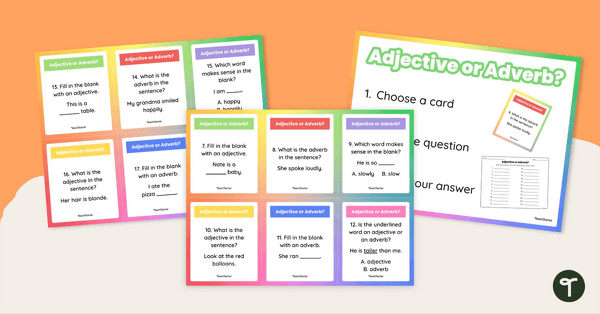
Adjective or Adverb? Task Cards
Use this set of 24 task cards to help students understand where an adverb or an adjective is the correct modifier in a sentence.
- Plus Plan
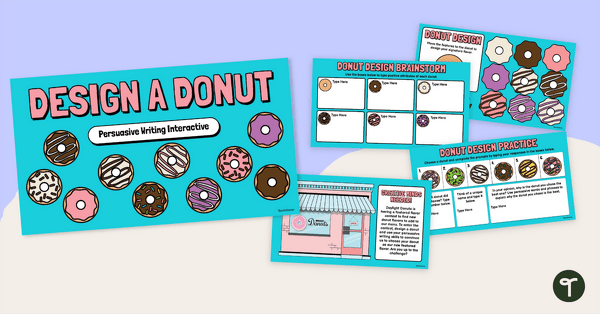
Design a Donut Persuasive Writing Interactive
Explore persuasive writing with this fun donut-themed interactive activity.
- Plus Plan
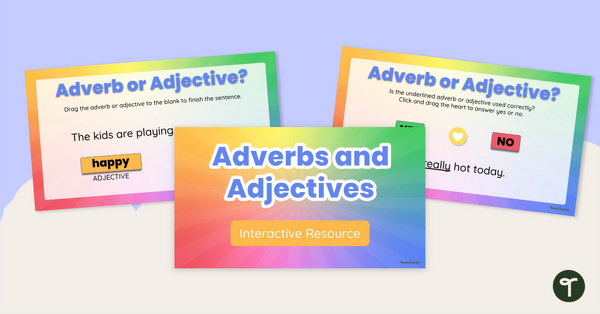
Adverbs and Adjectives Interactive Activity
Share this interactive drag-and-drop activity with your students to allow them to practice the correct use of adverbs and adjectives in the English language.
- Plus Plan

Comparative and Superlative Adverb Task Cards
Introduce these comparative and superlative adverbs task cards to your class to grow their understanding of these types of adverbs!
- Plus Plan
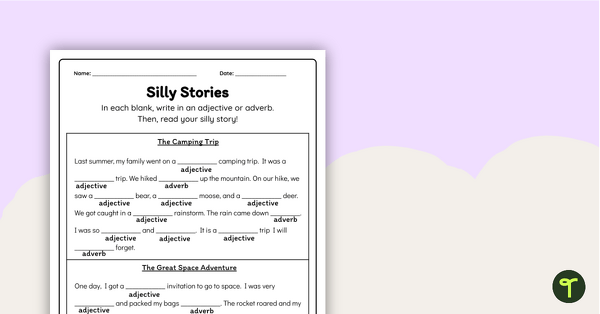
Adjectives and Adverbs Worksheets (Silly Stories)
Have fun with your students creating silly stories together while teaching and learning about parts of speech (adverbs and adjectives)!
- Plus Plan
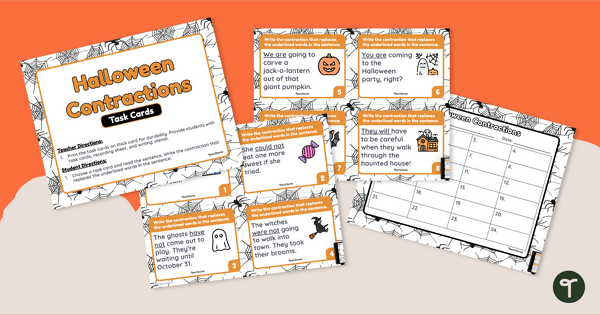
Halloween Contractions Activity - SCOOT! Card Game
Identify contractions and the words they replace with a set of printable Halloween Contraction task cards.
- Plus Plan
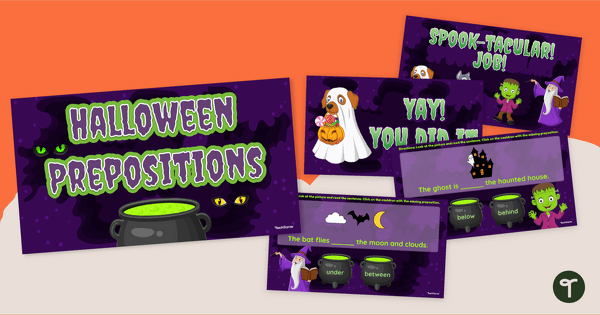
Halloween Prepositions Interactive Game
Use this interactive Halloween preposition game to review some spooky grammar skills.
- Plus Plan
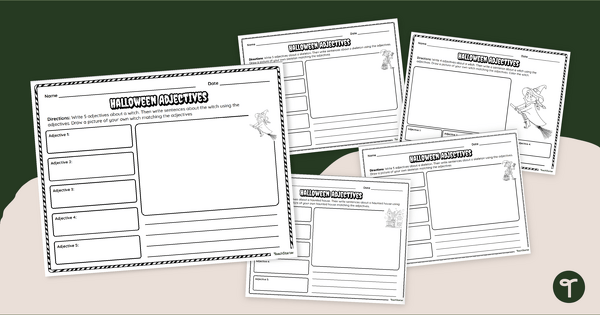
Spooky Adjectives - Halloween Activity Sheets
Bewitch your students into learning about adjectives with Halloween printables for first and second grades.
- Plus Plan
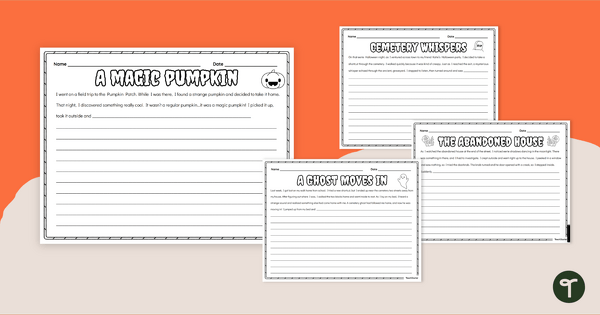
Halloween Creative Writing Prompts - 4th and 5th Grade
Develop narrative writing skills this Halloween season with a set of printable Halloween writing prompts for 4th graders and 5th graders.
- Plus Plan

Persuasive Writing Checklist Pack
Encourage self-checking with this set of 7 persuasive writing checklists.
- Plus Plan
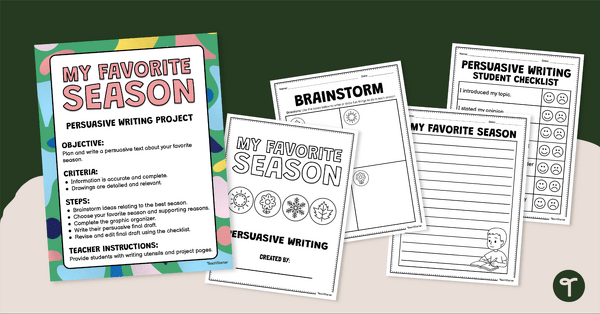
Persuasive Writing Project (My Favorite Season)
Explore persuasive writing with this persuasive writing project focusing on a student’s favorite season.
- Plus Plan
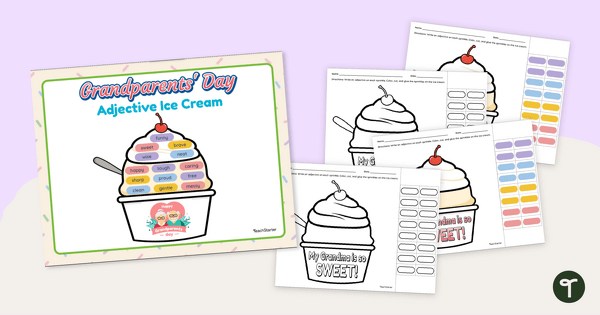
Grandparents' Day Craft - Sweet Adjective Sundae
Tell Grandma and Grandpa how ‘sweet’ they are with a Grandparent Adjective ice cream sundae craft
- Plus Plan
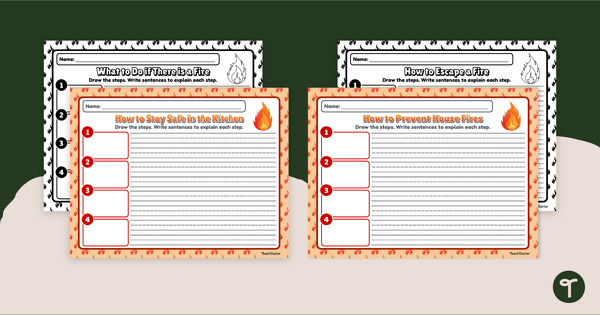
Printable Fire Safety Writing Worksheets - Procedural Writing Prompts
Ignite your students' knowledge of fire safety and informational writing with printable fire safety writing prompt worksheets.
- Plus Plan
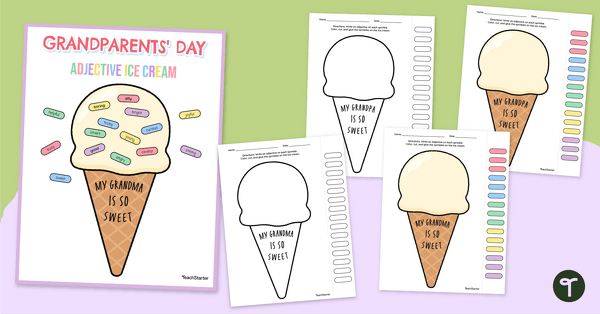
My Sweet Grandparents - Craft Activity
Show off your students’ ‘sweet’ grandparents with an adjective ice cream cone craft.
- Plus Plan
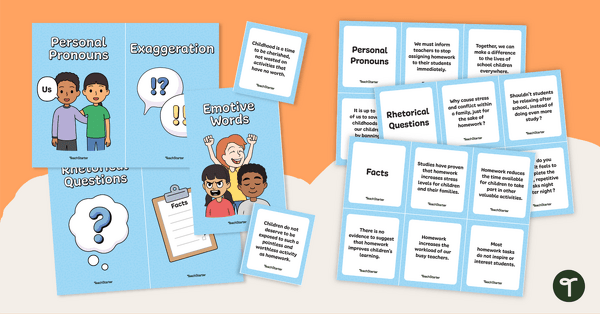
Rhetorical Devices Sorting Activity
Explore rhetorical devices with your students using this set of sorting cards.
- Plus Plan
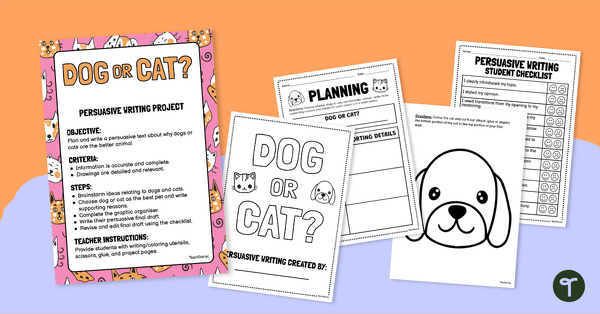
Dog or Cat? Persuasive Writing Project
Help students plan out persuasive writing with this very common argument, which is best dogs or cats?
- Plus Plan
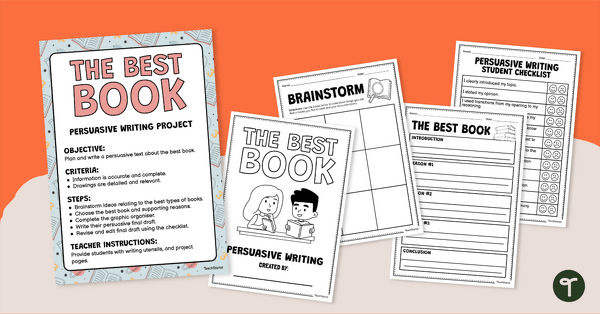
Persuasive Writing Project (The Best Book)
Help students plan out persuasive writing with this The Best Book’ persuasive writing project.
- Plus Plan
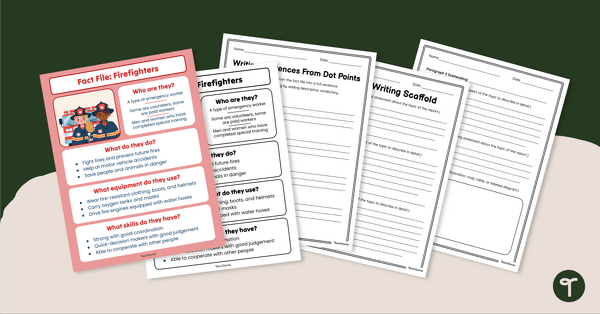
All About Firefighters – Expository Writing Task and Scaffold
Guide your students through writing an expository essay about firefighters with a printable fact file writing prompt and writing scaffold worksheets.
- Plus Plan
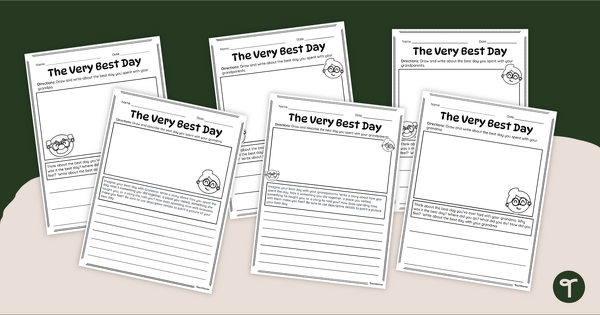
Grandparents' Day Writing Prompt - The Very Best Day
Surprise Grandma and Grandpa with a special story telling about the Best Day Ever with a Grandparents’ Day writing prompt.
- Plus Plan
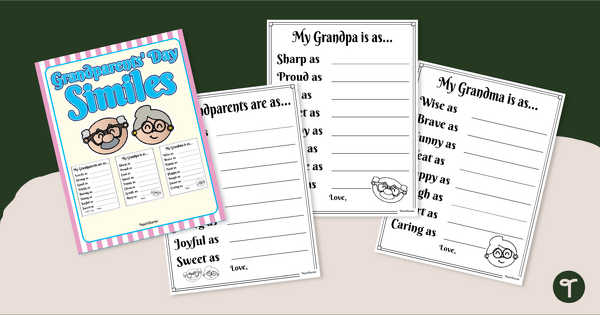
Grandparents' Day Poems with Similes
Celebrate grandma and grandpa with heartfelt simile poems using a printable Grandparents’ Day poem template.
- Plus Plan
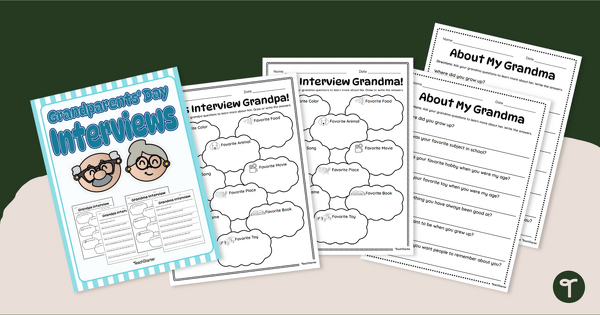
Grandparent Interview Template - Primary Grades
Inspire your primary grade students to interview a grandparent on Grandparents’ Day with Printable Grandparent Interview Questions.
- Plus Plan
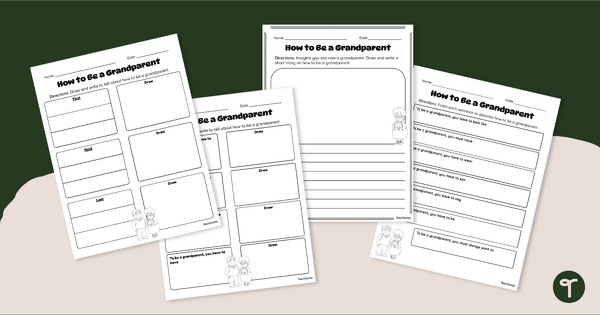
How to Be a Grandparent - Grandparents' Day Writing Prompts
Draw and write to create a fun “How to Be a Grandparent” handbook to share with loved ones on Grandparents’ Day.
- Plus Plan
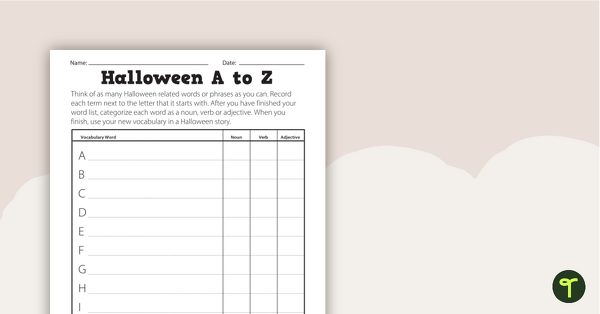
Halloween A to Z - Vocabulary Activity
Build a spooktacular vocabulary and boost knowledge of parts of speech with a printable Halloween A to Z worksheet.
- Plus Plan
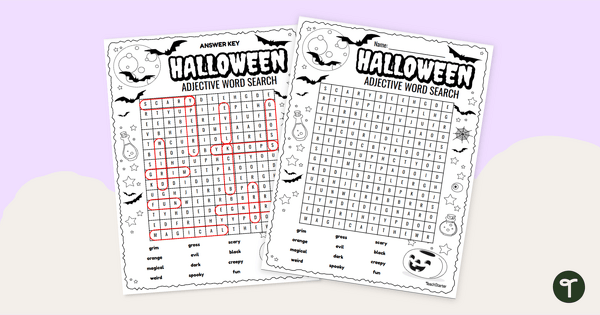
Halloween Adjectives Word Search - Lower Grades
Bring in the Halloween spirit this year, starting with a printable Halloween word search filled with spooky adjectives!
- Plus Plan

What Should My Teacher Be For Halloween? Writing Activity Pack
Have your students decide and write about what costume the teacher should wear on Halloween with a differentiated Halloween writing activity.
- Plus Plan
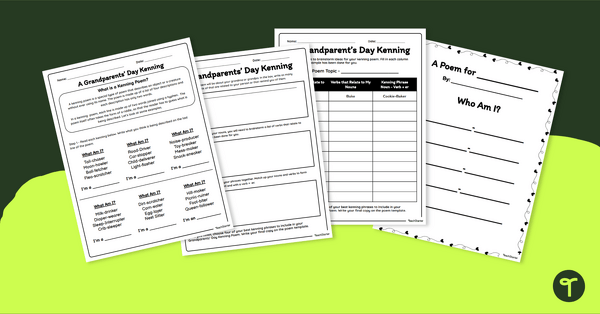
Create Your Own Grandparents' Day Poem Pack
Write a special Grandparents’ Day Poem with our printable Kenning poem worksheet pack.
- Plus Plan
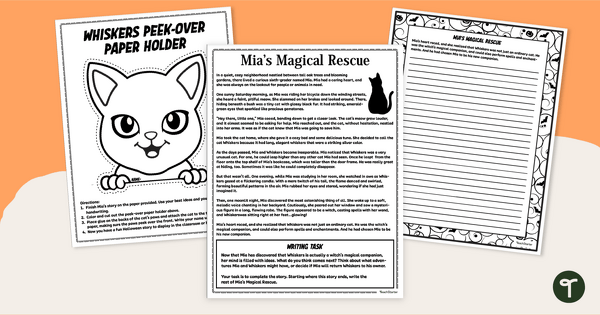
Halloween Narrative Writing Prompts — Finish the Story Writing Activity
Develop narrative writing skills this Halloween season with a printable “Finish the Story” writing prompt and craft.
- Plus Plan
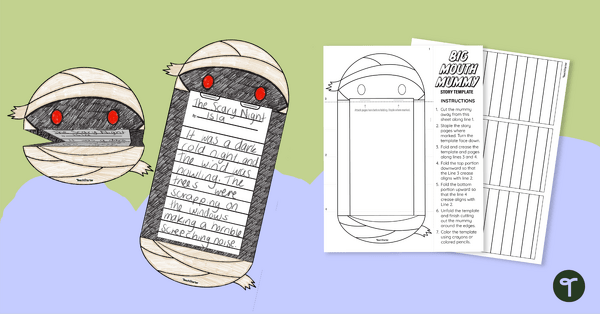
Halloween Writing Template - Big Mouth Mummy
Inspire spooky story writing with a printable ‘Big-Mouth Mummy’ Halloween writing craft.
- Plus Plan
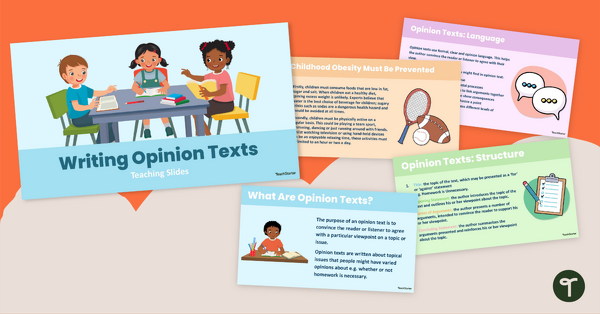
Writing Opinion Texts Slide Deck
Explore the structure and language features of opinion texts with these teaching slides.
- Plus Plan
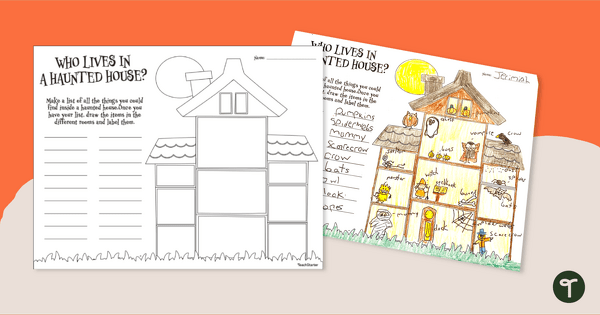
Who Lives in a Haunted House? 2nd Grade Nouns Worksheet
Draw and write about all the kooky nouns in a haunted house with a printable Halloween words worksheet for 2nd grade.
- Plus Plan
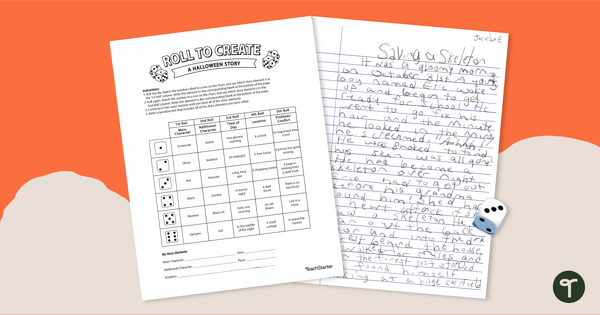
Roll to Create a Halloween Writing Prompt
Inspire some spooktacular Halloween writing with a roll-to-create Halloween Writing Prompt creator.